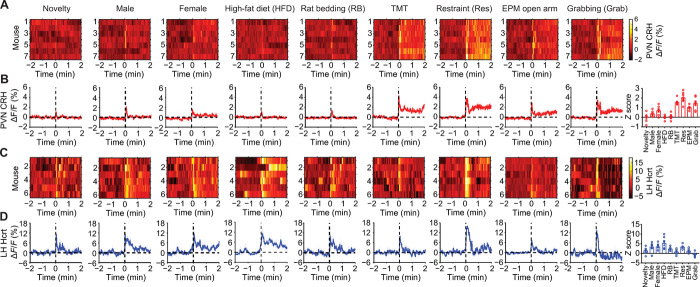Fig. 3. CRHPVN and HcrtLH neuronal activity during exposure to salient stimuli.
(A and B) CRHPVN neurons and (C and D) HcrtLH neurons respond to distinct stimuli. Note aversive stimuli including predator fox odor (TMT), restraint stress (Res), EPM open arm (mimicking anxiety condition), and manual grabbing (Grab) lead to strong CRHPVN neuronal activities. HcrtLH neurons respond strongly to social, appetitive, and restraint stimuli (A and B, n = 7; C and D, n = 6).

